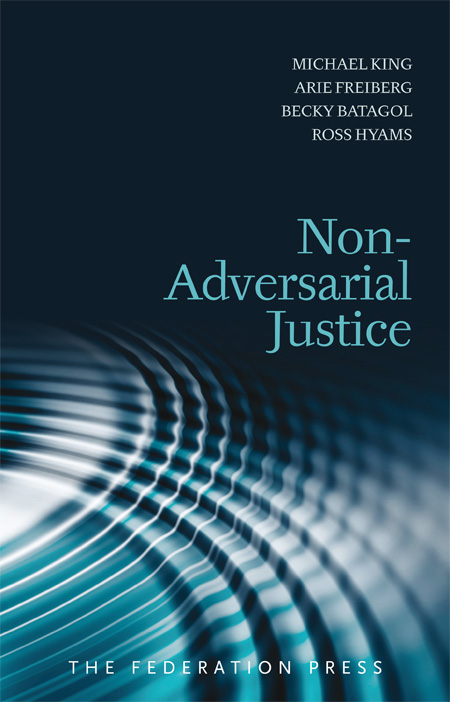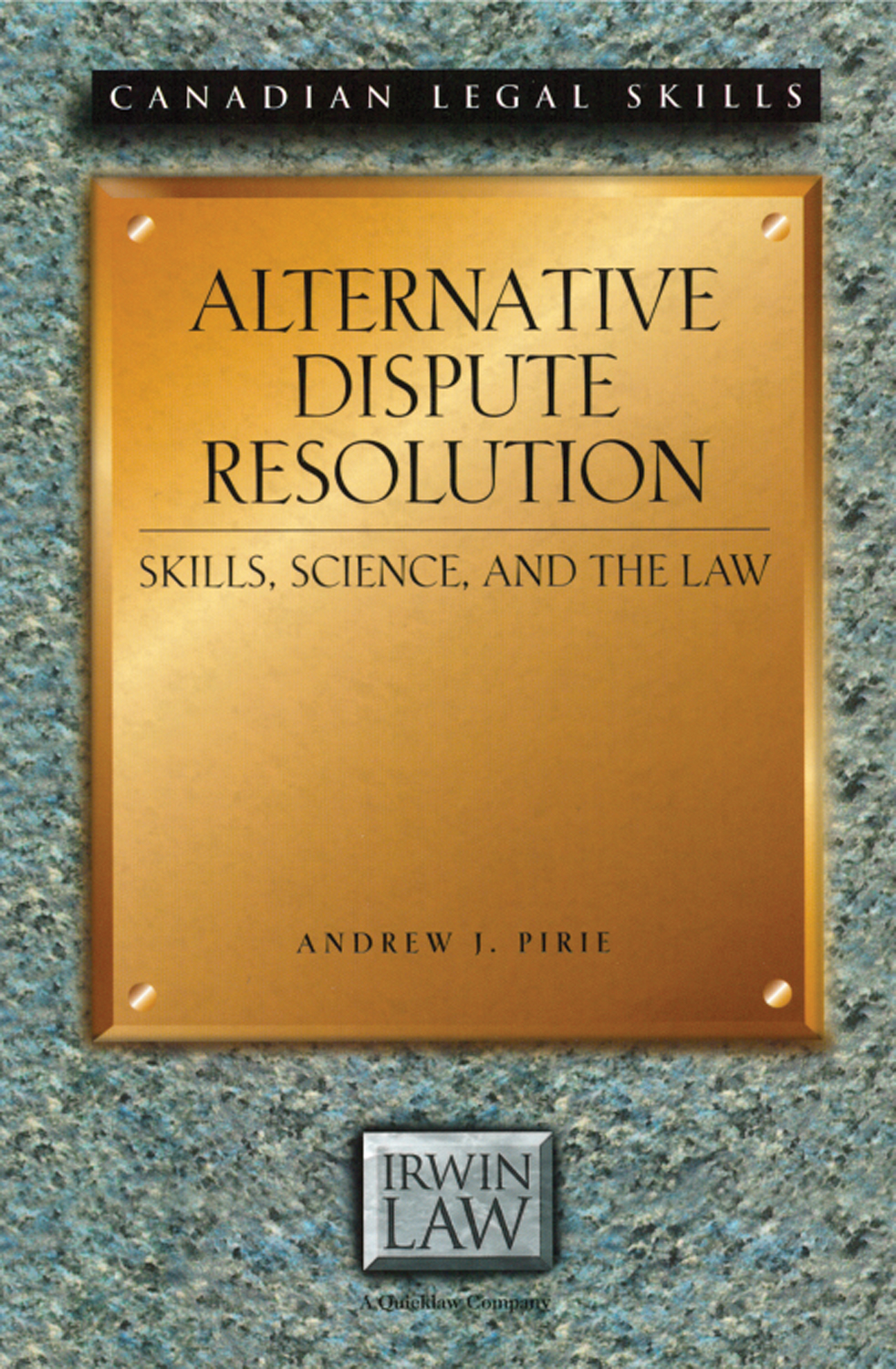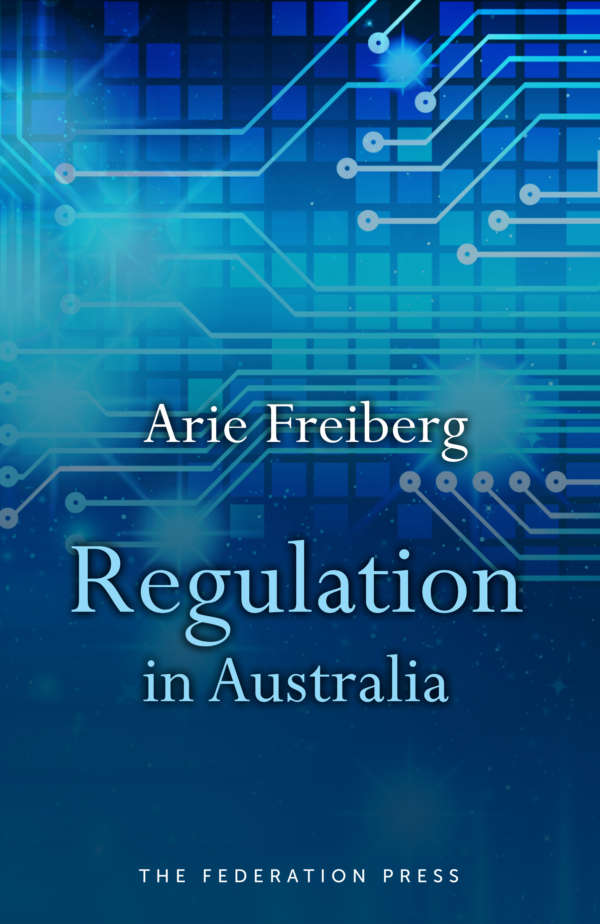Product Description
This book outlines key aspects of the use of non-adversarial practices in the Australian justice system with reference to similar developments in the United States, Canada, New Zealand and the United Kingdom
It examines in detail non-adversarial theories and practices such as therapeutic jurisprudence, restorative justice, preventive law, creative problem solving, holistic law, appropriate or alternative dispute resolution, collaborative law, problem-oriented courts, diversion programs, indigenous courts, coroners courts and managerial and administrative procedures.
It identifies the common themes, values and principles that bring these disparate theories and practices together and explicates them for practitioners, courts and students. It examines the implications of these changes for legal practice, the courts and legal education.
This second edition discusses recent developments in non-adversarial justice that have seen the expansion of therapeutic jurisprudence into new areas of the law and changes in judicial practices, the expanding use of restorative justice and the waxing and waning of problem-oriented courts across Australia. It provides up-to-date information about the increasing number of evaluations of non-adversarial programs and the changing nature of legal and professional education in the light of these new theories and practices.





